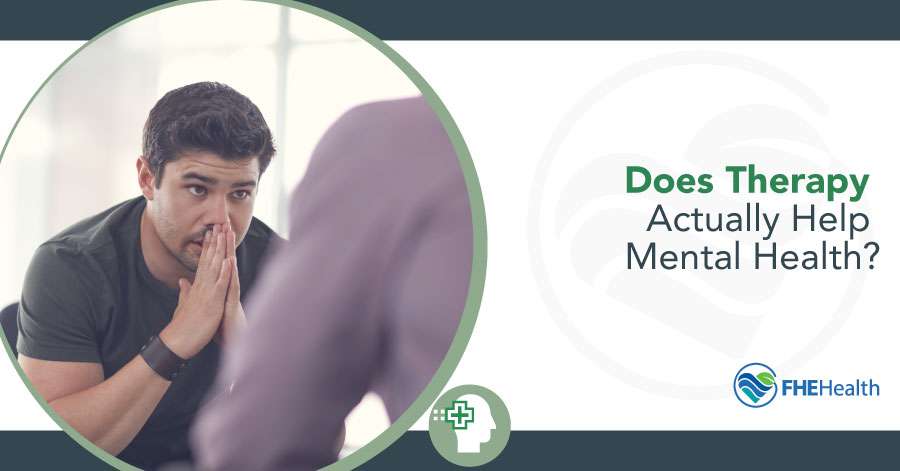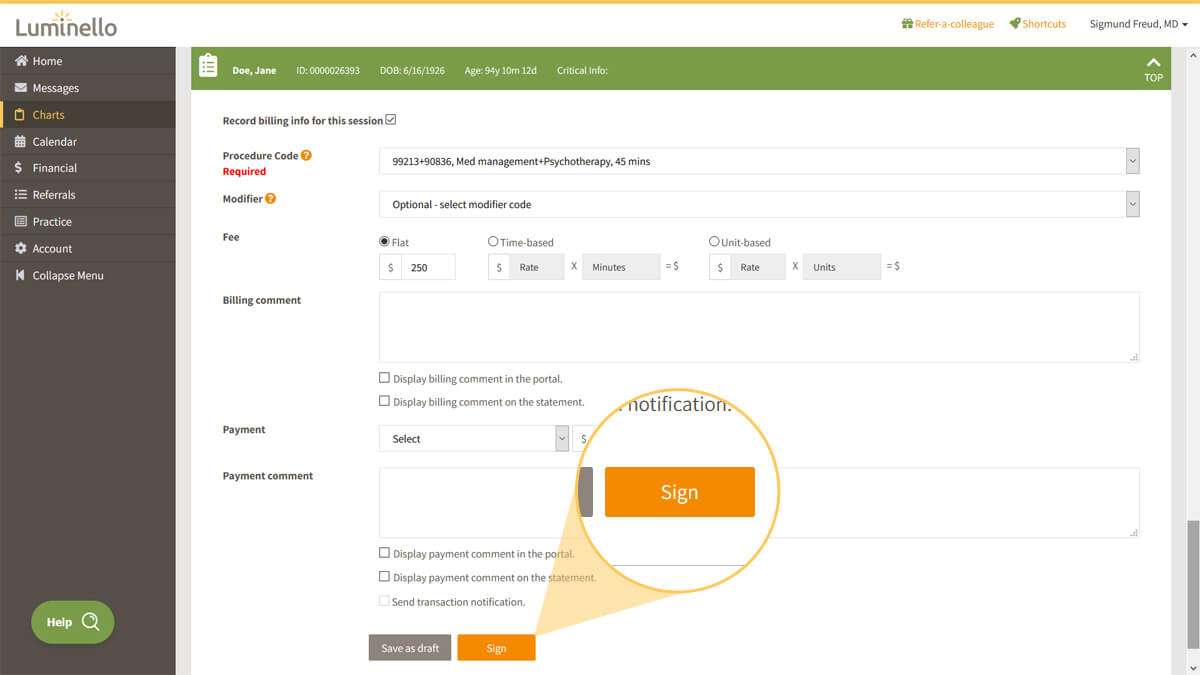Two Types of Trauma Diagnoses
It is important to note that not all experiences of trauma lead to a trauma response or trauma-related disorder or diagnosis. There is a normal period of time, following a traumatic event or experience that we might expect to see trauma related responses or signs that do not necessarily develop into a post-traumatic stress disorder. However, when signs and symptoms of traumatic stress endure over time (one month or longer), disrupt a child’s or adult’s daily life, impact their social and emotional health, and meet specific diagnostic criteria, there are two types of trauma diagnoses.
Post Traumatic Stress Disorder
Post traumatic stress disorder (PTSD) describes symptoms associated with a traumatic event — such as a car accident, witnessing violence, natural disaster, etc (see list of types of traumatic experiences below). The symptoms may include recurrent bad dreams, physical reactions, flashbacks, startle reaction, loss of interest in usual activities, avoiding reminders of the event, etc. To address developmental influences, ZERO TO THREE has included language in their Diagnostic Classification of Mental Health and Developmental Disorders of Infancy and Early Childhood Revised (DC:0-3 R) (ZERO TO THREE, 2005) that can supplement the adult focused Diagnostic and Statistical Manual of Mental Disorders (DSM IV). Currently, the diagnosis of Posttraumatic Stress Disorder in Preschool Children is under consideration for the DSM 5th edition which is due for publication in 2013 (American Psychiatric Association, 2010). The DC:0-3 and the proposed revised diagnosis include additional developmentally-based, diagnostic criteria for PTSD in young children. (More information)
Complex Trauma
The term complex trauma — also known as Complex PTSD — has been proposed as a potential new diagnostic category, Developmental Trauma Disorder, in the Diagnostic and Statistical Manual of Mental Disorders (DSM), 5th edition (van der Kolk, 2005; van der Kolk et al, 2009). Complex Trauma or Developmental Trauma Disorder — describes how children’s exposure to multiple or prolonged traumatic events impacts their ongoing development. Typically, complex trauma exposure involves the simultaneous or sequential occurrence of child maltreatment and may include psychological maltreatment, neglect, physical and sexual abuse, and witnessing domestic violence.
Complex trauma is:
- Chronic
- Begins in early childhood, and
- Occurs within the child’s primary caregiving system and/or social environment
Exposure to these initial traumatic experiences, the resulting emotional dysregulation, and the loss of safety, direction, and the ability to detect or respond to danger cues may impact a child’s development over time and can lead to subsequent or repeated trauma exposure in adolescence and adulthood without supports that might buffer the negative effects.
(Adapted from Blumenfeld, et al, 2010, used with permission)
« BACK
NEXT »
People who experience a highly stressful event may have trouble returning to a normal state of mind afterwards. In some cases, they develop a mental health disorder related to the experience. This is known as a trauma disorder, and there are 7 different types:
- Post-Traumatic Stress Disorder (PTSD)
- Acute Stress Disorder (ASD)
- Secondhand Trauma
- Reactive Attachment Disorder (RAD)
- Disinhibited Social Engagement Disorder (DSED)
- Adjustment Disorders
- Other and Unspecified Trauma- and Stressor-Related Disorders

Post-Traumatic Stress Disorder (PTSD)
PTSD is one of the most well-known trauma disorders. It’s estimated to affect around 8 million U.S. adults in a given year. Individuals develop PTSD following a traumatic event. While it’s common for initial symptoms to begin in the days following a traumatic event, symptoms can even begin to surface months later. Symptoms can be grouped into four categories:
- Intrusive thoughts about the event, including nightmares and flashbacks
- Avoidance of anything that reminds you of the trauma
- Behavioral changes such as insomnia, withdrawing from loved ones, and engaging in reckless or self-destructive behaviors
- Cognitive disturbances like irritability, negative thoughts about self or others, and fear/paranoia
In order to receive a PTSD diagnosis, you must experience a certain number of symptoms from each category for over one month.
Learn more about the signs, symptoms, and treatment for PTSD
Complex PTSD
When individuals are exposed to repeated or prolonged trauma, such as childhood abuse, they develop a slightly different condition known as complex PTSD (C-PTSD). This shares many similarities to post-traumatic stress disorder, but also has some unique symptoms including:
- Poor emotional regulation, which manifests as outbursts of extreme emotions like rage and depression
- Negative view of self
- Trouble forming healthy relationships
- Behavioral difficulties like substance abuse, impulsivity, and self-destructive actions
- Detaching from self (depersonalization) or reality (derealization)
- Forgetting the trauma
- Losing core values and beliefs
Although some mental health professionals treat complex PTSD as a distinct condition, the Diagnostic and Statistical Manual of Mental Disorders (DSM) categorizes the symptoms under PTSD.
Acute Stress Disorder (ASD)
Acute stress disorder is very similar to PTSD, but is shorter in duration. ASD symptoms develop immediately after a traumatic event and last three days to one month. If symptoms persist beyond a month, the individual has developed PTSD.
Secondhand Trauma
Secondhand trauma is also known as trauma exposure response or secondary traumatic stress disorder. It results from exposure to the firsthand trauma of other people. Symptoms of secondary traumatic stress include:
- A sense of hopelessness or helplessness
- Feeling like you can never do enough to help
- Hypervigilance
- Guilt
- Fear
- Anger
- Negativity/cynicism
- Chronic fatigue
Secondhand trauma can happen to anyone, but it commonly affects professionals who work with trauma victims such as counselors, social workers, first responders, doctors, nurses and other healthcare workers.
Reactive Attachment Disorder (RAD)
Reactive attachment disorder occurs in children who cannot form stable attachments to their caregivers. If a child’s basic needs are not met or they are frequently placed with new caregivers, they are at increased risk of developing RAD. Symptoms may include:
- Emotional withdrawal or inhibition
- Lack of response to comfort from caregivers
- Impaired emotional response to others
- Limited ability to experience positive emotions
- Episodes of irritability, sadness, or fearfulness, often without cause
Although rare, this condition can be devastating to a child’s normal development and may affect their lives into adulthood. However, treatment can help.
Disinhibited Social Engagement Disorder (DSED)
Children who were unable to form healthy attachments to their caregivers may develop disinhibited social engagement disorder instead of reactive attachment disorder. While these two conditions have the same roots, symptoms are completely different.
DSED causes children to exhibit culturally inappropriate behavior. This often takes the form of familiarity with strangers. Children with DSED feel no fear around strangers, and may even be comfortable getting into a car with someone they’ve just met. This disorder poses a serious threat to safety. Caregivers should seek immediate treatment for a child who displays this kind of behavior.
Adjustment Disorders
Adjustment disorders are usually temporary and triggered by stressful life events such as divorce, job loss, being diagnosed with an illness, or losing a loved one. Some people are able to cope with the stress of these situations on their own, but others need help from a doctor or mental health professional.
Symptoms of an adjustment disorder may include:
- Frequent sadness or hopelessness
- Crying often
- Withdrawing from family and friends
- Not enjoying your favorite activities and hobbies anymore
- Lack of appetite
- Insomnia
- Neglecting your responsibilities at home or work
- Having trouble focusing
- Difficulty functioning in daily life
- Suicidal thoughts or behaviors
If you notice some of these symptoms following a major event, talk to your primary care provider or a mental health specialist. Treatment for adjustment disorders is usually temporary. However, for chronic life events like an ongoing illness or relationship problems, you might need long-term treatment.
Other and Unspecified Trauma- and Stressor-Related Disorders
You might have some of the symptoms of a trauma disorder, but not meet the criteria for one of the recognized types. Or, you might not be able to provide enough information for a specific diagnosis. In these cases, professionals often make a diagnosis of “other or unspecified trauma- and stressor-related disorder.”
This diagnosis is not any less serious than other trauma disorders. People with other or unspecified disorders have a legitimate mental health condition that is diminishing their quality of life. Treatment can help you gain control over your symptoms.

Trauma- and Stressor-Related Disorders Treatment
If you are experiencing mental health symptoms that seem to be connected to trauma or stressful life events, the good news is that you can be treated. It may take a combination of different things, including traditional talk therapy, holistic therapies, and medications. Talk to your doctor or a mental health provider to see what might be the best treatment option for you.
If you’re seeking treatment for a trauma disorder in New Jersey, consider High Focus Centers. We offer a trauma-focused outpatient program at our Cranford, Lawrenceville, Paramus, and Freehold locations, or online through teletherapy. Treatment involves group and individual therapy, plus medication management and sessions with a psychiatrist. Call our admissions line at (800) 877-3628 or reach out through our online contact form to enroll.
Trauma is a word used quite liberally in everyday language, typically to identify a highly stressful event. When we speak about trauma in the clinical sense, we are referring to an event that has completely overwhelmed an individual’s capacity to cope and this, of course, is entirely defined by the survivor.
What influence’s the response to trauma?
Two people can experience the same noxious event, one may be left severely psychologically traumatized and the other relatively unharmed. Several factors influence an individual’s response to trauma. Many different events can cause a post-traumatic stress response and various aspects of the event can compound the impact of the traumatic event, including the duration and frequency as well as the nature of the event (e.g., man-made vs. natural). Generally speaking, traumatic experiences that are prolonged, repeated and purposely inflicted by people cause the most severe psychological sequela. With regards to duration and frequency, the term Type I trauma is used to identify a single incident trauma whereas Type II trauma denotes a trauma that is prolonged and repeated. Furthermore, we use the term complex trauma to categorize prolonged and repeated trauma that only occurs in some type of captivity (not necessarily physical), where a person is subjected to systematic methods of coercive control by the perpetrator who assumes totalitarian control. Examples include domestic violence, concentration camps, cults, organized sexual exploitation and even childhood abuse.
What is the difference between Type I and Type II trauma?
The distinction between Type I and Type II trauma is essential as the type of trauma shapes clinical presentation, conceptualization and treatment approach. As trauma psychiatrist, Judith Herman, articulates, post-trauma responses really should be understood as a spectrum of conditions rather than as a single disorder. The diagnosis of Post-Traumatic Stress Disorder (PTSD) that is described in the Diagnostic and Statistical Manual of Mental Disorders Fifth Edition (DSM-V) is more reflective of the post-traumatic response inflicted by Type I trauma whereas those that suffer from Type II trauma present with a much more diffuse and convoluted clinical manifestation that may include dissociation, self-mutilation, addiction, paranoia as well as somatic preoccupations. Importantly, as clinical presentations differ significantly based on type of trauma, so does the appropriate treatment approach. Those that present with Type I trauma are most effectively treated with a more exposure based treatment, such as Prolonged Exposure, EMDR or Cognitive Processing Therapy. Given the nature and frequency, and duration of Type II trauma, an individual’s basic functioning and fundamental capacities for coping are more significantly disrupted; therefore, an individual presenting with complex trauma or Type II will not benefit initially from exposure based therapies, and may even experience further decompensation. These individuals are most effectively treated with a three phase approach that begins with interventions targeting safety, stabilization and improved functioning in day to day life. Once this is achieved, processing and exposure to trauma material may be introduced. Unfortunately, many individuals suffering from Type II trauma or complex PTSD are often misdiagnosed, thus, do not receive effective and comprehensive treatment. This unfortunate trend points to the importance of seeking out a qualified trauma therapist who can accurately diagnose and conceptualize the continuum of post-traumatic stress responses.
How does Lifeskills South Florida treat trauma?
At Lifeskills South Florida, we treat the full continuum of post-traumatic stress responses, including both simple and complex PTSD. Each client is individually assessed and treatment plans are customized to address the specific clinical issues. We offer both female and male trauma tracks where clients have a space to safely process issues related to their traumatic experiences. These groups also offer psycho-education regarding trauma and its effects as well as concrete skills to enable clients to cope with the debilitating aftereffects of trauma including flashbacks, nightmares and dissociation. In addition to the gender specific trauma groups, the treatment team at Lifeskills includes specially trained clinicians who provide targeted trauma treatment, including Prolonged Exposure, EMDR, and Cognitive Processing Therapy.
To learn more about our PTSD treatment programs and the levels of care at Lifeskills South Florida, please call our admissions team or complete our contact form.
Learn more about Trauma Treatment at Lifeskills.




